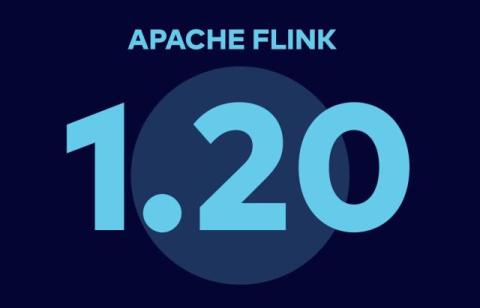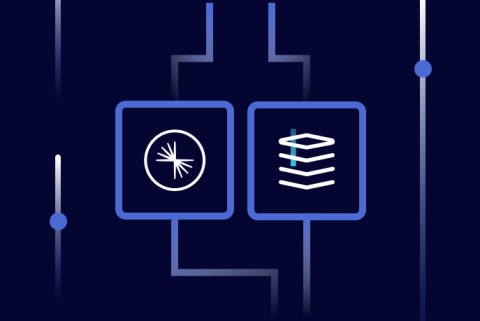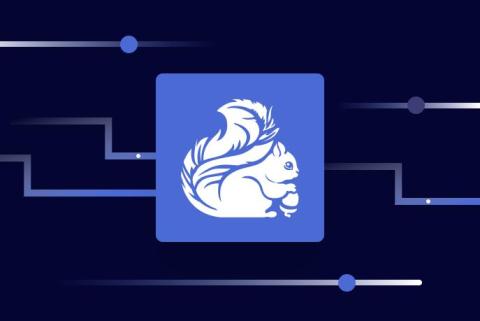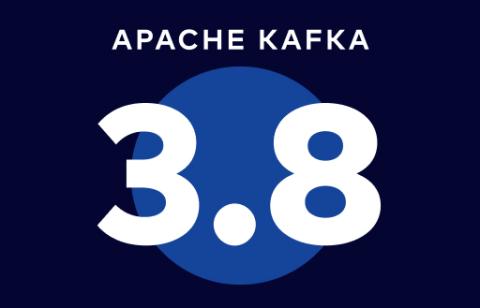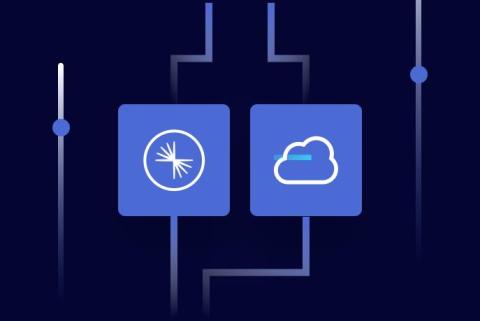Exploring Apache Flink 1.20: Features, Improvements, and More
The Apache Flink community released Apache Flink 1.20 this week. In this blog post, we'll highlight some of the most interesting additions and improvements. You’ll find a comprehensive rundown of all of the updates in the official release announcement. Recent Flink releases have emphasized improving Flink’s usability, not only for developers, but also for those operating Flink clusters, and this theme continues in this latest release.


